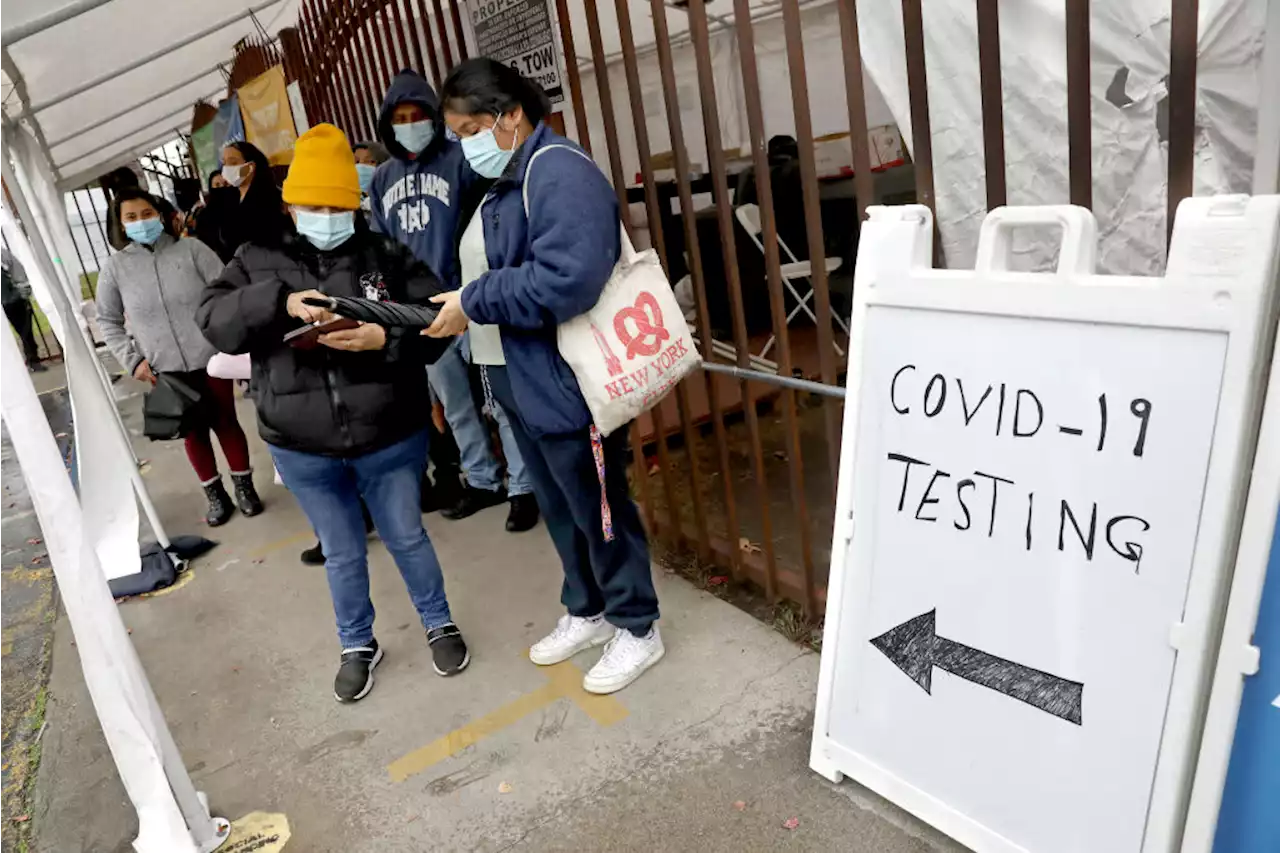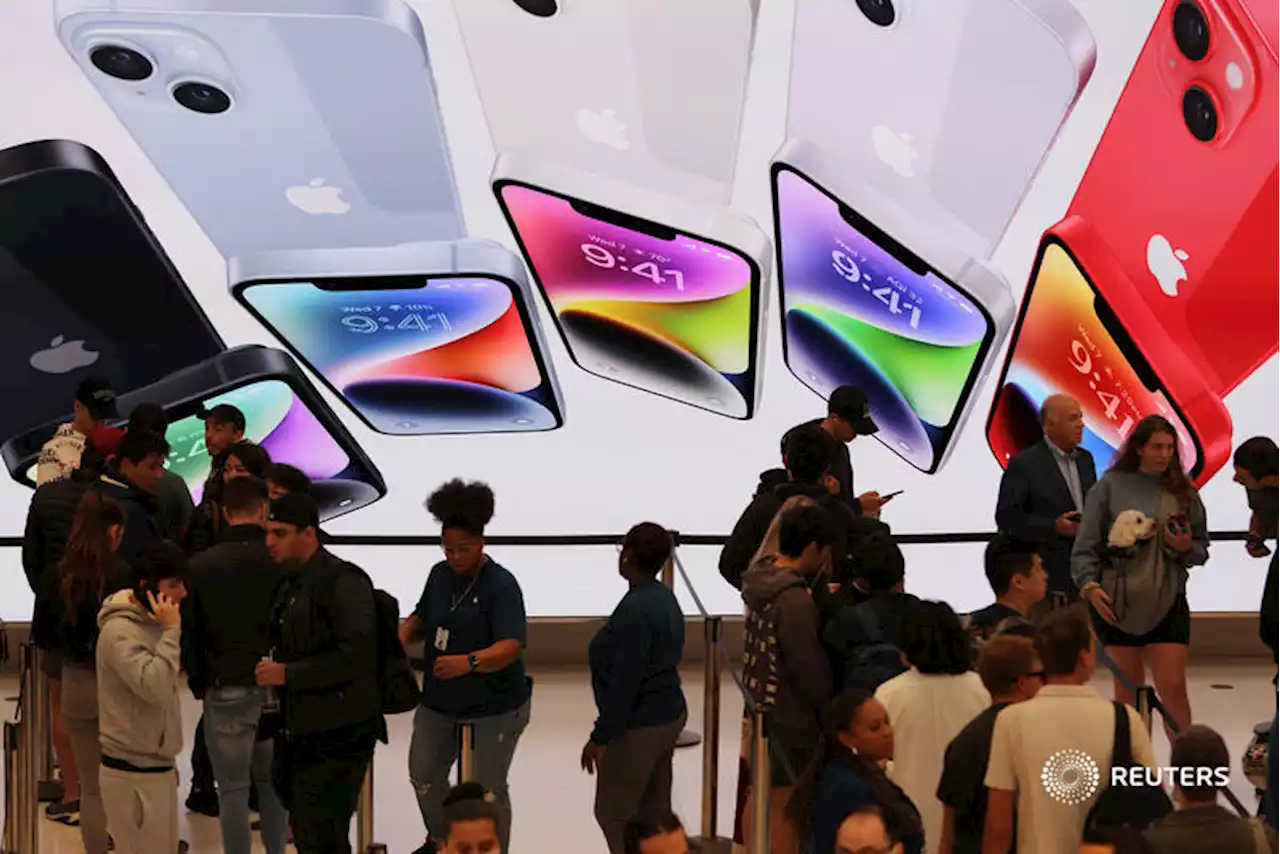Foxconn, the supplier of Apple’s iPhones, may lose up to 30% of production from a key facility following a Covid outbreak. That sounds bad, but it may only hit 1% of revenue, says rob_cyran.
, could cut into production. But problems there look pale in comparison to other issues caused by Apple’s own consumers.that disruption at the Zhengzhou complex has lowered shipments of high-end iPhone 14 Pro phones. Foxconn is responsible for some 70% of all iPhones according to Fubon Research, and most of these phones are made in that plant. Production could fall up to 30% according to a.
Still, in context, it should be manageable. Apple sold about 35% of all iPhones last year during the holiday quarter, so if the complex’s problems last one month, about 12% of the sales would be disrupted. Take Foxconn’s 70% share of production into account, and roughly a third loss at Zhengzhou, and just 2.5% of iPhone sales would take a hit. With iPhones accounting for just over half of revenue in the same quarter last year, that adds up to a roughly 1% loss to revenue.
It’s not ideal, but Apple’s kingdom isn’t really threatened by supply. More worrisome are other nagging problems, like slowing demand. Apple recentlyplans to increase production of the newly launched iPhone 14. A slowdown in the growth for handheld device was partly expected, but losses there were meant to be made up by the sale of other stuff, like advertising, apps, credit cards, and license fees from Google.
The problem for investors is that Apple’s valuation has increased substantially on the idea that the company can continue milking more money out of iPhone users in a largely mature smartphone market. The company is now valued at 22 times estimated earnings for the next 12 months, or nearly 30% more than its average over the past decade. A disruption to production is never good, but right now, it’s the least of Apple’s problems.Apple warned on Nov.
In a statement on Oct. 30, Hon Hai, commonly known as Foxconn, said the situation was gradually coming under control, and it would coordinate backup production capacity with its other plants to reduce any impact.Opinions expressed are those of the author. They do not reflect the views of Reuters News, which, under the Trust Principles, is committed to integrity, independence, and freedom from bias.
United States Latest News, United States Headlines
Similar News:You can also read news stories similar to this one that we have collected from other news sources.
 Foxconn implements new curbs at Zhengzhou plant to stem COVID-19 spreadApple supplier Foxconn said it would implement new measures at its Zhengzhou plant to curb the spread of COVID-19, including implementing a system which would involve moving all working employees into three dormitories.
Foxconn implements new curbs at Zhengzhou plant to stem COVID-19 spreadApple supplier Foxconn said it would implement new measures at its Zhengzhou plant to curb the spread of COVID-19, including implementing a system which would involve moving all working employees into three dormitories.
Read more »
 Why this Paris brasserie feels so right after COVID distancingLove for Brasserie Lipp; Gael Greene and Julie Powell memories; plus, saving the L.A. Breakfast Club.
Why this Paris brasserie feels so right after COVID distancingLove for Brasserie Lipp; Gael Greene and Julie Powell memories; plus, saving the L.A. Breakfast Club.
Read more »
 LA County reports sudden rise in weekly COVID cases, warns of winter surgeAfter months of decline, LA County health officials have reported a sharp increase in the average daily number of new COVID-19 infections.
LA County reports sudden rise in weekly COVID cases, warns of winter surgeAfter months of decline, LA County health officials have reported a sharp increase in the average daily number of new COVID-19 infections.
Read more »
 Heart Transplant Outcomes Similar With COVID-19–Positive DonorsPatients who receive hearts from COVID-19–positive donors will likely have short-term outcomes similar to those who receive hearts from COVID-19–negative donors, two retrospective analyses suggest. AHA22
Heart Transplant Outcomes Similar With COVID-19–Positive DonorsPatients who receive hearts from COVID-19–positive donors will likely have short-term outcomes similar to those who receive hearts from COVID-19–negative donors, two retrospective analyses suggest. AHA22
Read more »
 TXT’s Taehyun To Sit Out “Music Bank In Chile” After Testing Positive For COVID-19TXT’s Taehyun will be sitting out the group’s upcoming performance at “Music Bank in Chile” after being diagnosed with COVID-19. On November 5, Big Hit Music announced that Taehyun had tested positive for COVID-19 earlier that day after experiencing “mild symptoms” of the virus. As a result, he will be unable to attend next week’s
TXT’s Taehyun To Sit Out “Music Bank In Chile” After Testing Positive For COVID-19TXT’s Taehyun will be sitting out the group’s upcoming performance at “Music Bank in Chile” after being diagnosed with COVID-19. On November 5, Big Hit Music announced that Taehyun had tested positive for COVID-19 earlier that day after experiencing “mild symptoms” of the virus. As a result, he will be unable to attend next week’s
Read more »
 LA County Seeing Rise in COVID Metrics, Prompting Fears of Winter SurgeAfter LA County saw a steady decline in COVID-19 cases and hospitalizations but those numbers are back on the rise ahead of the winter surge.
LA County Seeing Rise in COVID Metrics, Prompting Fears of Winter SurgeAfter LA County saw a steady decline in COVID-19 cases and hospitalizations but those numbers are back on the rise ahead of the winter surge.
Read more »
